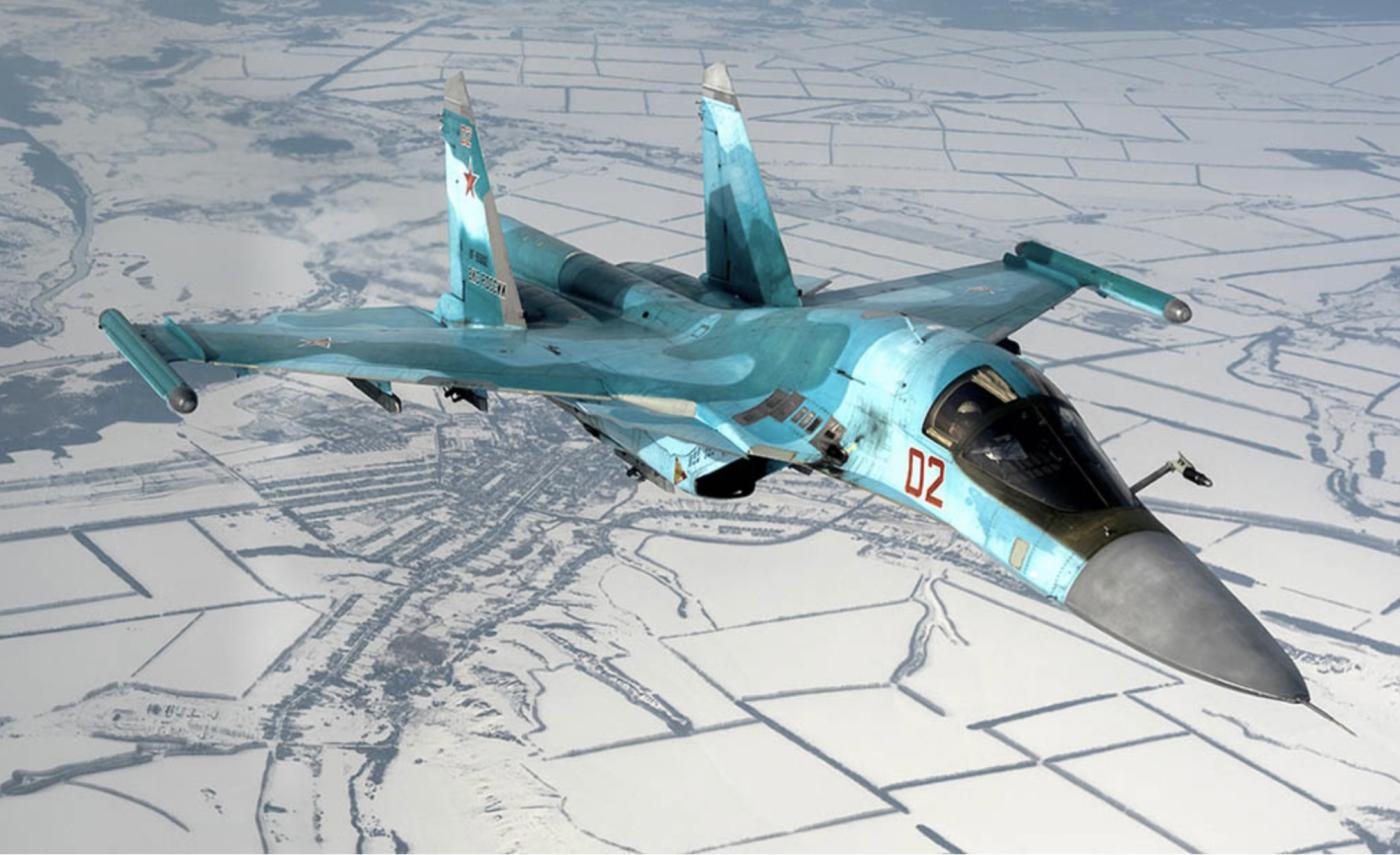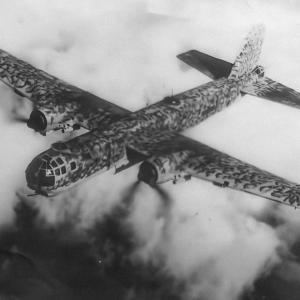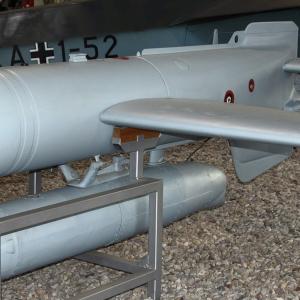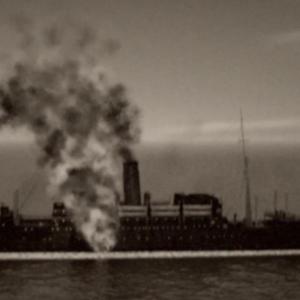
Russian su-34 Fighter/Bomber
The Su‑34 Fullback is a modern Russian tactical bomber that grew from the famous Flanker family. It was created to do something many older Soviet strike planes could not: carry a large, flexible weapons load over long distances while still having the speed and survivability of a fighter‑derived airframe. Designed by the Sukhoi design bureau and built at major Russian plants, the aircraft blends long endurance, a roomy two‑seat cockpit, and modern sensors to perform strikes, interdiction and close support missions.
One of the first things people notice is the side‑by‑side cockpit. Instead of the usual tandem seating, the two crew members sit next to each other, which helps with coordination on long or complicated missions. The cockpit area is armored to protect the crew from small arms and shrapnel, and the interior even includes creature comforts you don’t usually find on fighters: a small galley and a toilet, useful for long sorties far from base.
Performance is impressive for a tactical bomber. Depending on the variant and load, the aircraft can reach roughly Mach 1.6–1.8 at altitude. Its combat radius for typical strike missions is commonly quoted around 1,000–1,300 km, while ferry range with external tanks can exceed 3,000 km. It climbs and accelerates well thanks to two high‑thrust turbofan engines derived from the AL‑31 family, and it can operate at service ceilings above 12,000 meters. Maximum takeoff weight sits in the mid‑40 tonne range, so it’s a heavy aircraft but still retains fighter‑class handling in many profiles.
Avionics and defensive systems give it real strike‑fighter capability. The radar can do ground mapping for target finding and also perform air‑to‑air search if needed. Electro‑optical and infrared sensors allow night and poor‑weather targeting. The navigation and attack suite supports terrain following and precision delivery, and defensive systems include radar‑warning receivers, chaff/flares and electronic countermeasure options. The aircraft can also carry dedicated electronic warfare pods to jam or confuse enemy radar, improving survivability in contested airspace.
Weapons flexibility is one of the Fullback’s strongest points. It has around a dozen external hardpoints and can carry a wide mix of weapons: guided glide bombs (the KAB family), unguided bombs, air‑to‑surface missiles like the Kh‑29, Kh‑31 and Kh‑59, and in some configurations tactical cruise missiles for deeper strikes. For self‑defense it can carry short‑range IR missiles and medium‑range radar‑guided missiles, and it has an internal 30 mm cannon for last‑resort close combat. Targeting and reconnaissance pods can be fitted to improve precision and situational awareness.
A number of production blocks and upgrade programs have modernized the type over time, with improved mission computers, better displays, expanded datalinks and incremental sensor upgrades. These updates keep the aircraft useful against evolving threats and allow integration of newer precision munitions and EW tools.
Production totals are modest compared with frontline fighters. Open‑source estimates through the mid‑2020s generally place deliveries in the low triple digits (commonly cited figures are roughly 100–150 aircraft), though exact counts change with new orders, upgrades and any combat losses. The type has seen operational use in conflicts such as Syria and in other theaters where it has flown strike, interdiction and close‑support missions.
How effective is it as a fighter‑bomber? In permissive or moderately defended environments it is highly capable: large payload, good range, modern sensors and decent self‑defense systems make it a flexible and valuable strike asset. Its armored cockpit and twin engines add survivability and reliability. In high‑threat environments with modern integrated air defenses, its success depends heavily on electronic warfare support, suppression of enemy air defenses, and escorts. Like all larger strike aircraft, it benefits greatly from coordinated SEAD and protective tactics; without that support, risk rises.
Logistics, training and tactics also matter. The aircraft rewards careful mission planning and strong EW/SEAD coordination. Its limited fleet size means each airframe is significant to operational capability, and maintenance and spare parts support are important to keep sortie rates up.
Overall, the Su‑34 Fullback is a purpose‑built, fighter‑derived tactical bomber that trades some of the agility of a dedicated air‑superiority fighter for a much larger, more flexible strike capability. With its combination of range, payload, onboard defenses and crew‑centered design, it remains a central part of Russia’s modern tactical strike force, especially when employed as part of well‑planned, supported strike packages.










